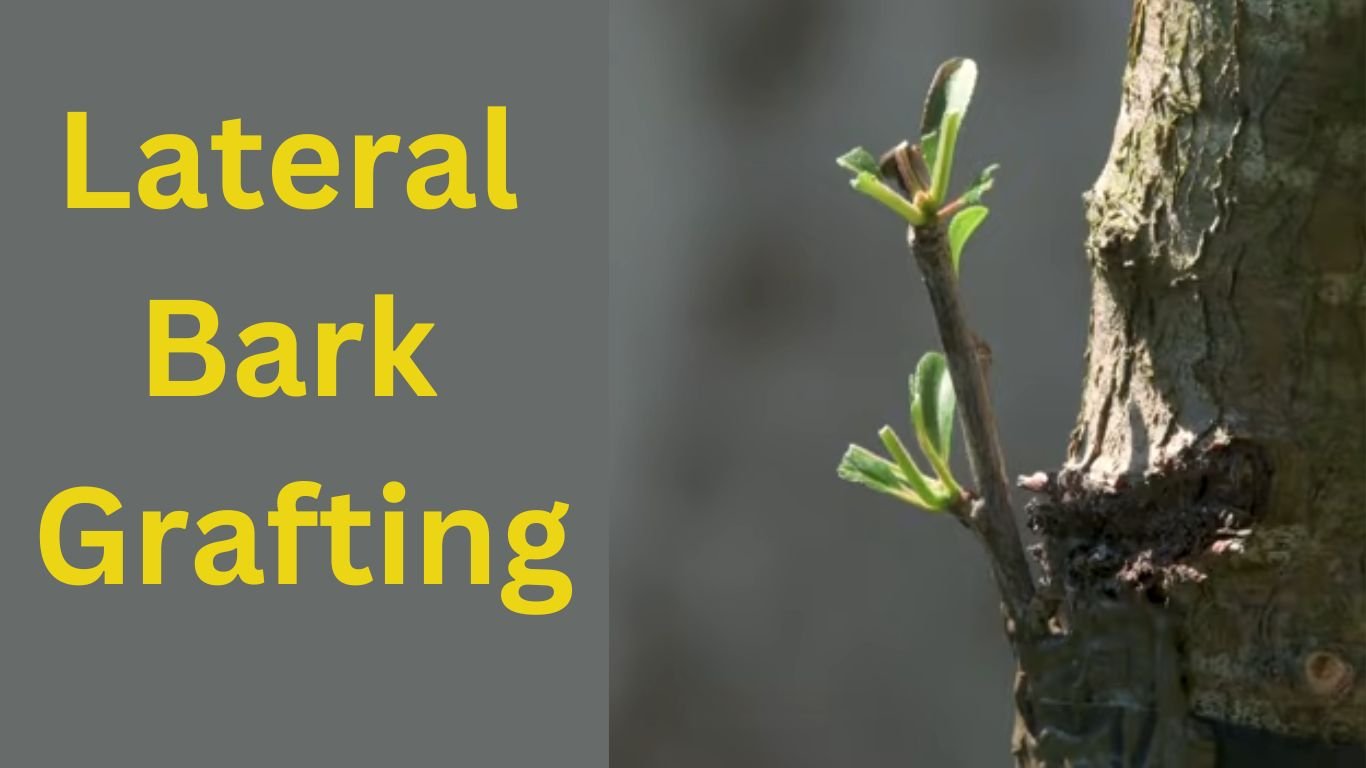Lateral bark grafting is quite useful when you need to graft rootstocks and scions that have very different diameters. This technique places the scion wood under the rootstock bark, so the rootstock can’t be dormant as the bark needs to be slipping so you can open it easily. This means the technique should be used in the spring or early summer.
Table of Contents
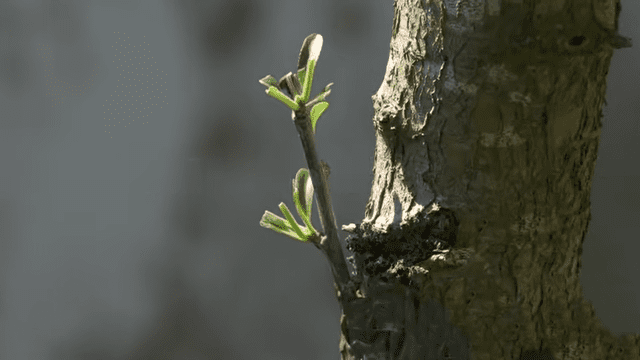
In traditional bark grafting the top of the tree is cut down and no active growth is left above the graft.
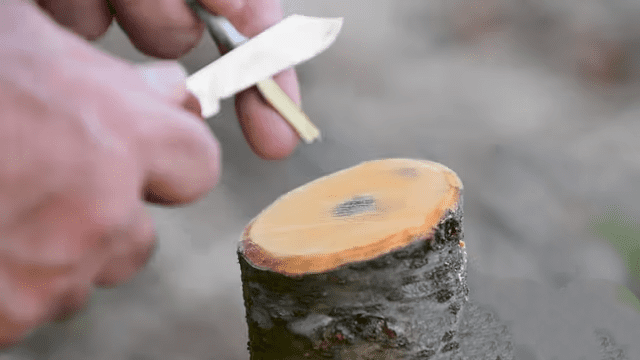
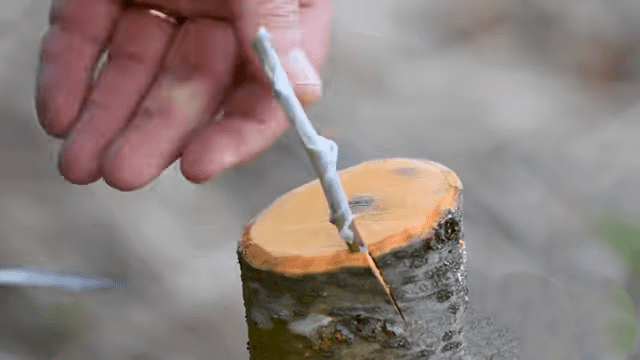
The main reason to use this lateral bark grafting over traditional bark grafting is that you can maintain growing rootstock branches above the grafting point. Learn about root rot
What is root rot: Symptoms, Causes, Treatment and Prevention
Top 10 health benefits of dragon fruit?
When grafting peaches, plums, apricots, almonds, loquats, and many other types of fruit trees, cutting the top of the old tree off might stop the flow of sap and this might be detrimental to graft success. When using cleft or whip and tongue grafting techniques, the top of the grafted branch will also be removed.
While in walnuts, grapes, and fig trees the high sap pressure will keep flowing and it will even need some release points, so the graft won’t “drown” and fail, it can be a problem in some of the other fruit tree types, like peach trees, as almost no active flow of sap will remain, in the grafted branch, to help the graft heal.
Leaving these active top-growing branches, when using the lateral bark grafting technique, helps in keeping the sap flowing, and this will result in higher percentages of successful grafts, in these types of fruit trees.
Lateral Bark Grafting with Dormant Scion Wood
As it was said before while grafting using this technique, even when using dormant scion wood, the rootstock should be waking up. This will allow the bark to open freely which is essential for any bark grafting technique.
The basic idea is to open a slot in the bark where the scion can be inserted. Several different approaches can be used for these cuts. I prefer to do a long vertical cut and a short horizontal one so I can insert the scion at a slight angle.
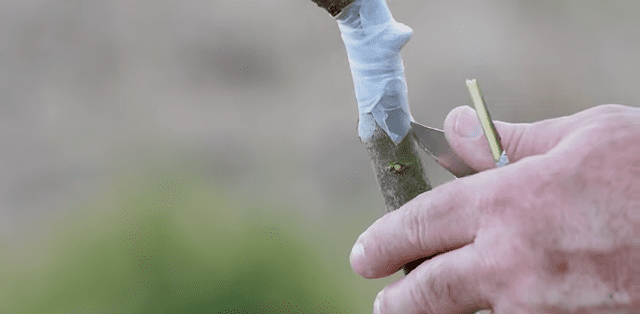

You can use other types of cuts and they will be fine as long as the long bevel cut, in the scion, makes good contact with the rootstock wood. Since the scion is dormant wrapping it in Parafilm is not essential, especially if you graft in early spring.
Mock strawberry , Potentilla indica , False Strawberries or Indian strawberry – edible wild plant
If you don’t use parafilm to tie the graft, make sure the tape, raffia, rubber strip, or other tying material you use, covers the cuts perfectly and doesn’t let water or air in, or the graft will fail. Nevertheless, if the days are hot, further protection against dehydration can make all the difference.
You can even cover the graft with aluminum foil, to protect it from direct sun, in the first couple of weeks. Be sure to remove the aluminum foil after you see signs of growth since the young graft leaves will need sunlight to be able to develop fully. Learn about How to Grow Banana Trees from Banana
Lateral Bark Grafting with Green Scion Wood
This grafting technique can also be used with fully awake rootstocks using green scion wood. This is especially useful when grafting evergreen fruit types, like these loquat trees, or when grafting plants that have poor results while using dormant scion wood.
It won’t make any difference if the scion cuts through the bark at the lower end. If the graft is well protected and the contact between both cambiums is good, the graft won’t fail because of this. If possible, cut the scion wood just a few minutes before grafting.
This is a branch from a pluot variety, a hybrid between plum and apricot. If the young growth is too thin, discard it and prefer the lignified wood, even if it’s from the previous year’s growth. Remove all the leaves, leaving only the petioles or just a few small leaves cut in half.
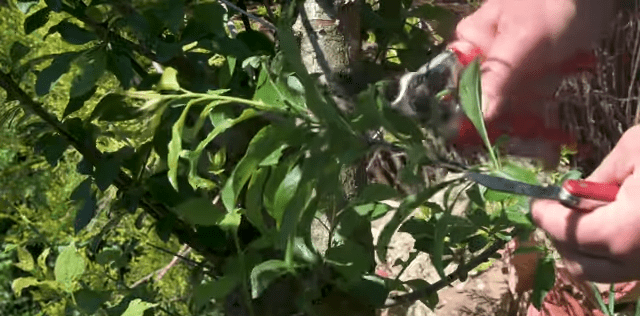
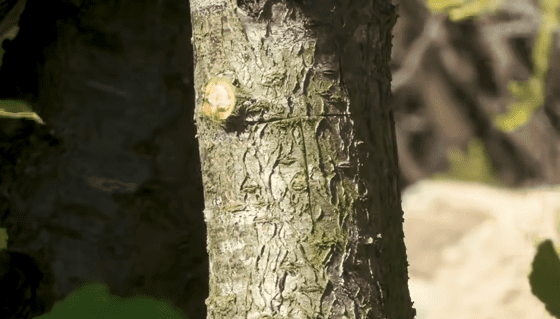
Clear the area to be grafted of any rootstock branches. When the bark is thicker, making a T-shaped cut will help with scion placement. Cut a slot in the bark, above the T cut, to help in adjusting the scion flush with the rootstock. Open the bark, using the brass bark lifter or the dull side of the knife blade. Make a long bevel cut in the scion and insert it into the bark slot. Secure the graft with tape or other suitable material. To make sure water and air can’t get in, cover the graft area with a waterproof pruning paste.

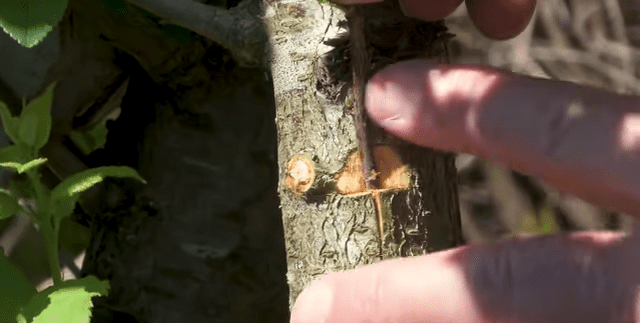
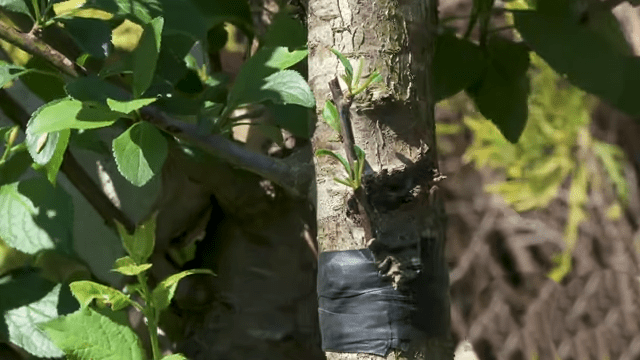

When using vigorous rootstocks, like this wild plum seedling, be sure to remove most of the top growth when grafting, leaving only a couple of top branches, so the sap can circulate. Pruning the rootstock before grafting is a good idea, as it will be easier to choose the best location for the graft.
Graft Care and Maintenance
Green scion wood won’t be able to resist dehydration so if you don’t have Parafilm to wrap the scion, you will have to use other protection options. Padded envelopes are a good option as the plastic interior is very good at maintaining moisture. You can learn about Self-pollination
Another option is covering the graft with a plastic bag but these can cook the graft in warmer weather so I prefer to use Parafilm and perforated paper bags instead. When using opaque protection you will have to open them after a couple of weeks so the graft can get some light.
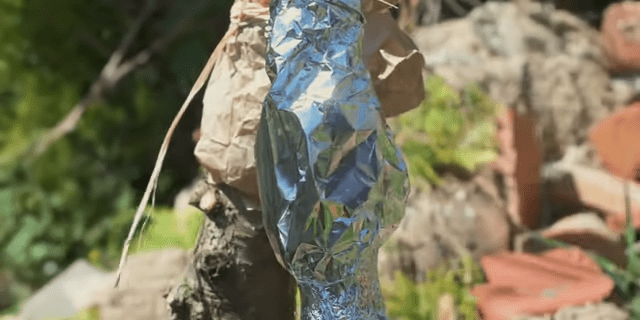
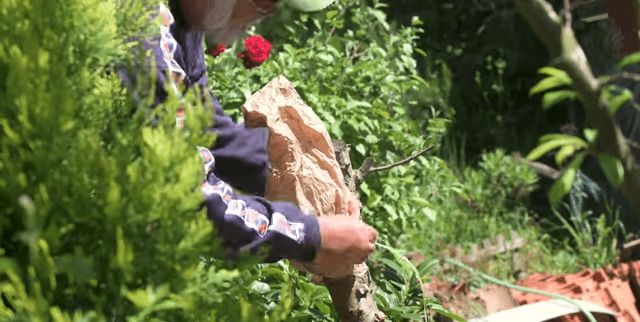
The leaf axillar buds will be responsible for the future growth but they might stay dormant until the following season when you remove all the leaves from the scion. That’s why I like to leave a few small leaves cut in half.
Dragon fruit plant: History, Type, Propogation
These seem to stimulate the buds and they will start growing in the same season. Lateral bark grafts require a bit more maintenance than other grafts as the rootstock upper branches are still there when you graft. That upper growth will have to be reduced gradually as the graft grows, and new growing buds kept in check, to avoid competition. You can learn about Brown Rot on Peach Trees
After the first season, you can safely remove all the rootstock growth. Be sure to prune or support vigorous first-season graft growth or the grafts might break with strong winds, like this one. After the first year, the union will be strong enough, so you can remove the support.

